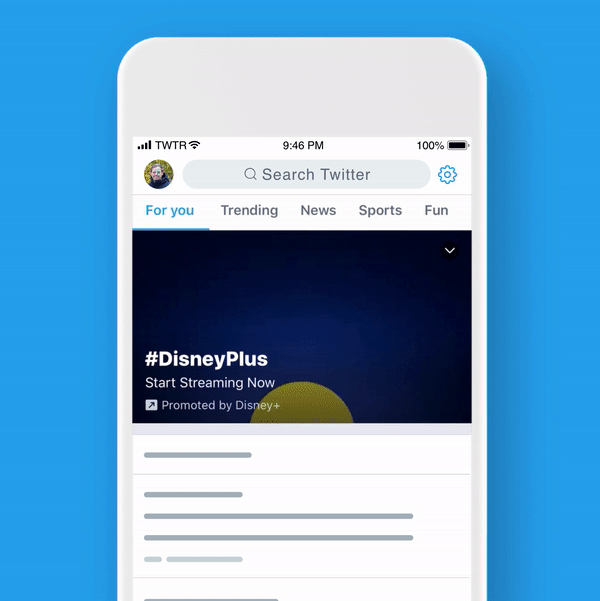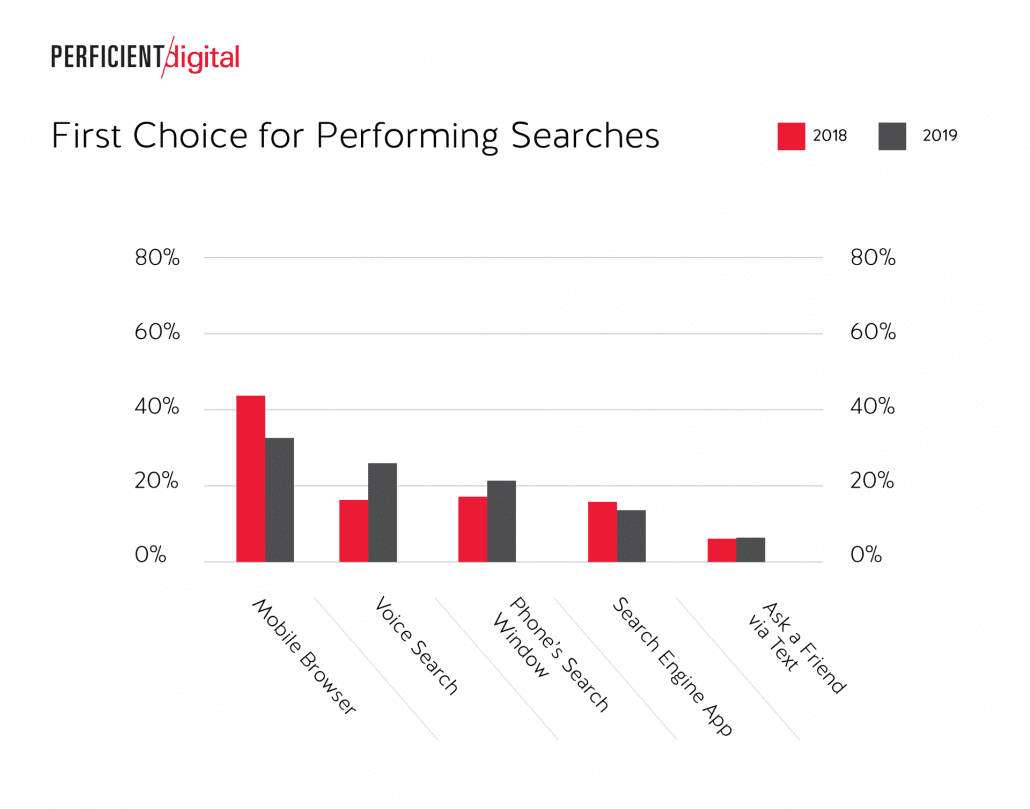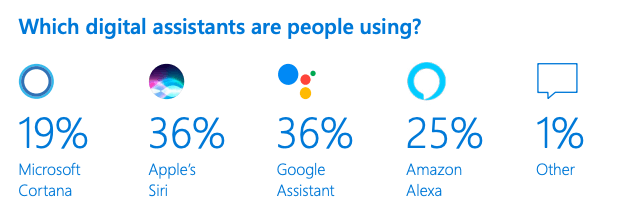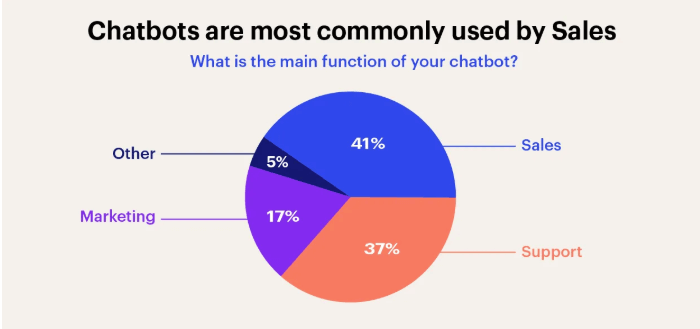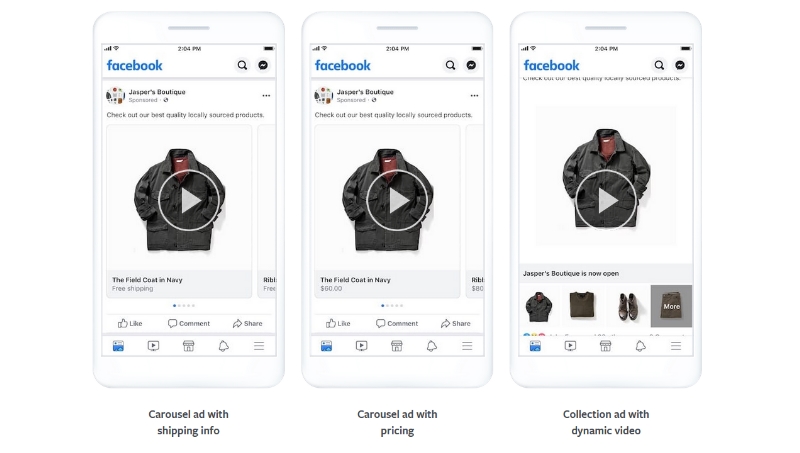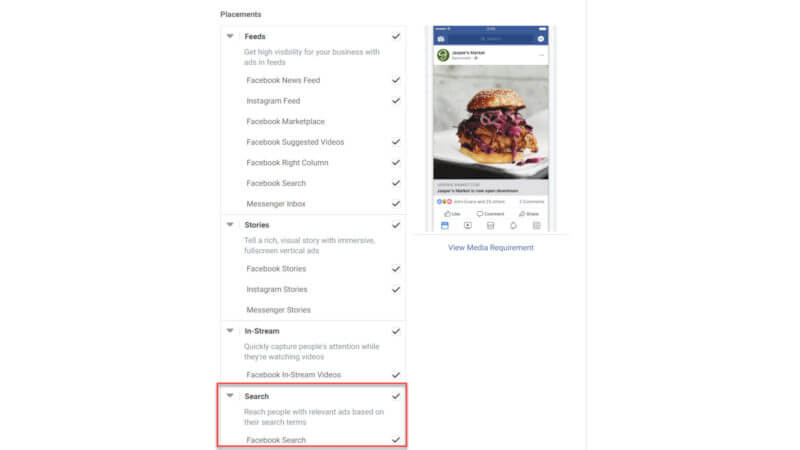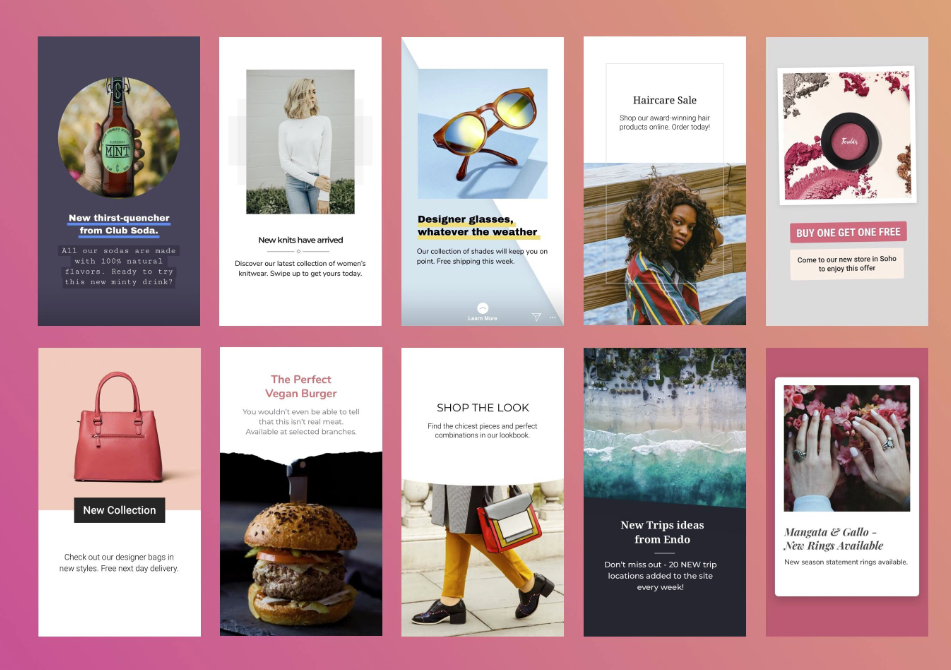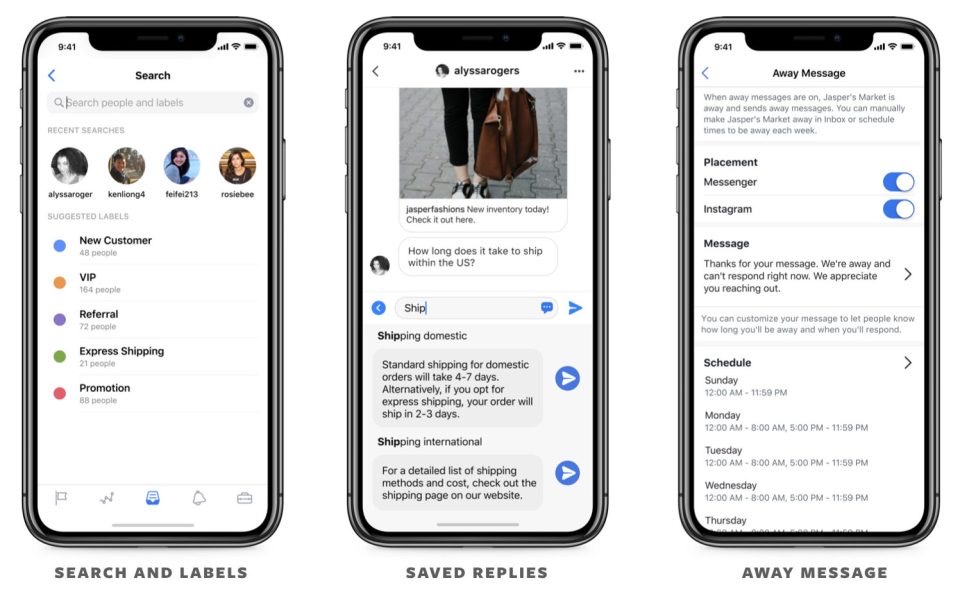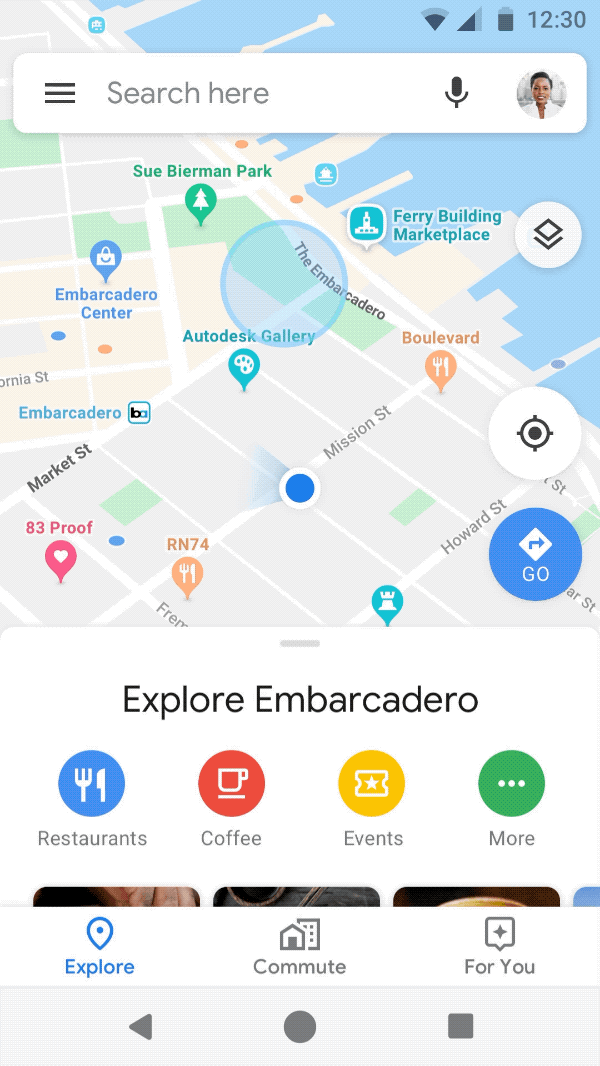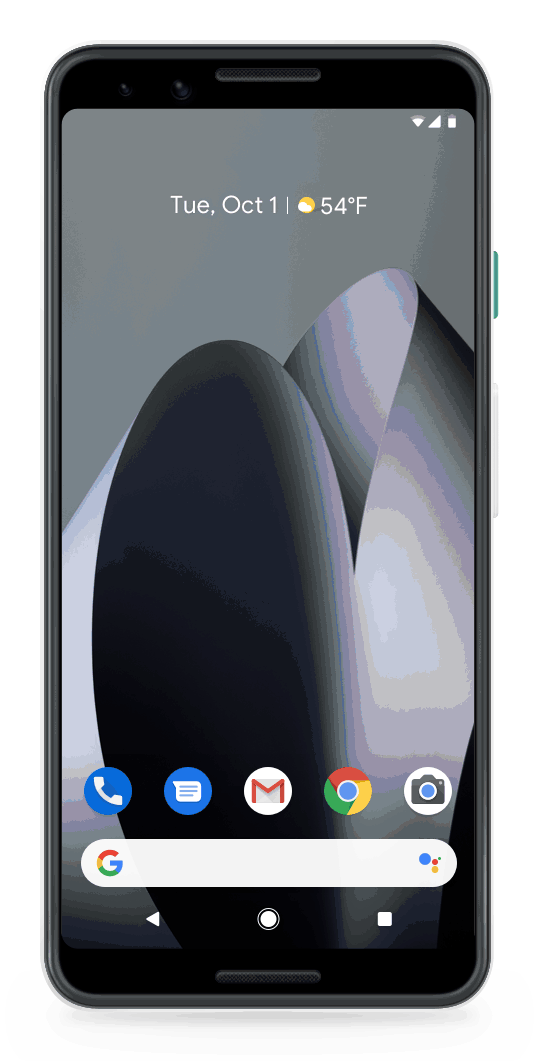LinkedIn is launching three new features for users aimed at encouraging the community to engage more and form deeper connections with followers.
The new features are part of an initiative to bring new updates to LinkedIn’s 50 million organizations using the site to reach customers, prospects, employees, and potential collaborators.
To start of 2020, the site is making it possible for users to invite others to follow their page, stream using LinkedIn Live, and post to their page in new ways.
Invite New Followers
One of the hardest parts of getting a social metwork page off the ground is gaining new followers. Now, LinkedIn is giving page managers the ability to invite users who share a first-degree level of connection to your page.
Users can also choose to entirely opt out of these invites if they prefer to not receive invitations to follow pages.
LinkedIn Live Integration
LinkedIn is also working to better integrate their streaming platform by allowing pages to broadcast live streams.
In the past, live streaming was strictly only available to personal profiles on the site.
This could prove to be a boon for pages on the site, as the company says live streams generate up to 7 times more reactions and 24 times more comments compared to typical video posts.
To get access to live streaming on your brand’s page, page managers can apply on the LinkedIn Live website.
Post as a Page or Member
When posting new content, users can now select a conveniently located switch on the homepage to choose between posting as yourself or an organization you represent.
Previously, the only way to post as your page required you to visit your organization’s page and post directly from that page. Now, users can easily post to their preferred page from one place.
You can see what the new features look like in action in the video from LinkedIn below:

